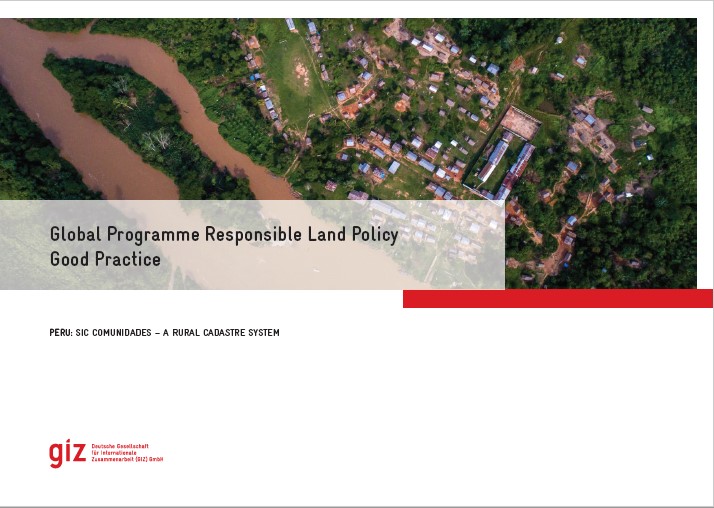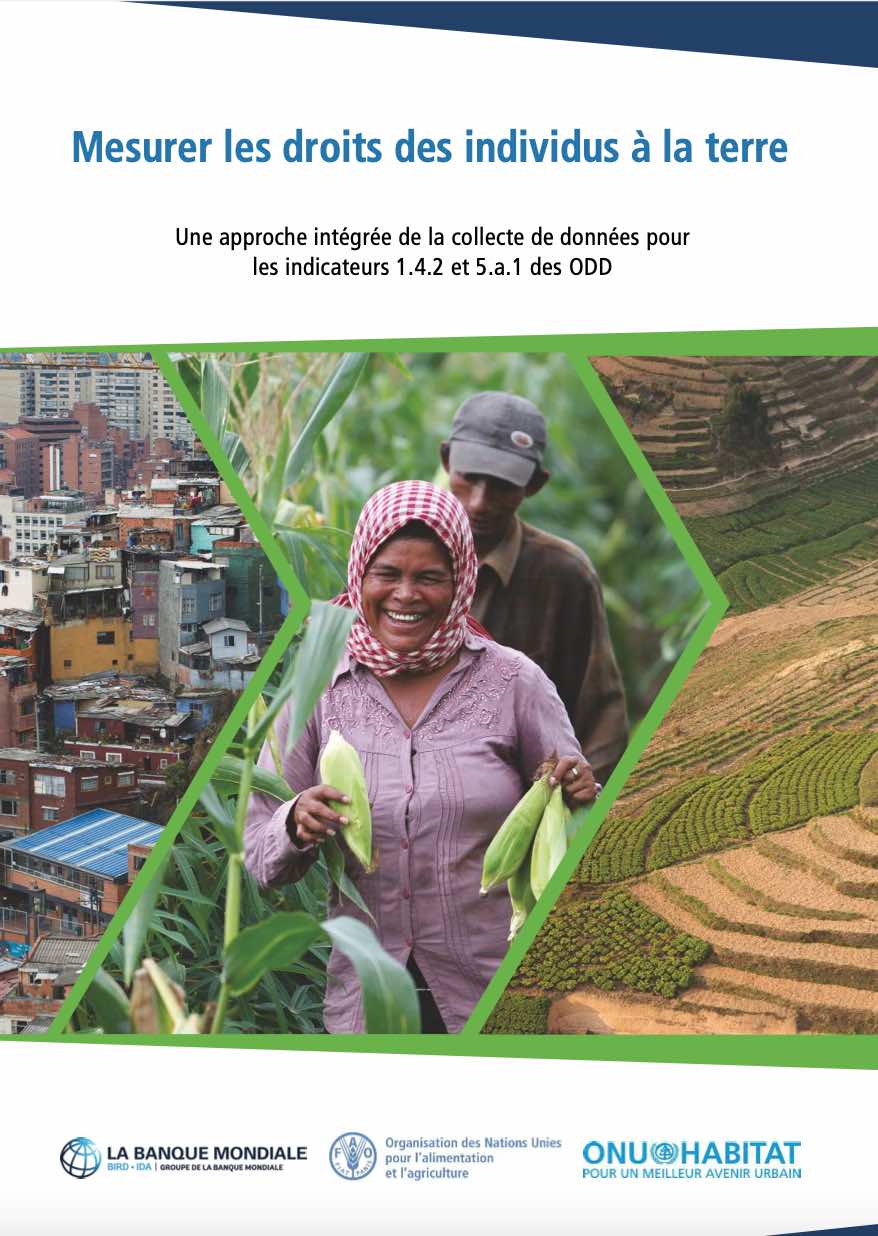Situational analysis of the Karamoja-Turkana/West Pokot-Easter Equatoria Cluster
This study evaluates the context within the targeted areas in the Horn of Africa, and summarises common investments in these countries in relation to climate adaptation and climate security based on a review of Nationally Determined Contributions. The report also assesses key agreements in the Karamoja-Turkana/Pokot-Eastern Equatoria cluster, identifying the focus priorities of these agreements and suggested interventions with the purpose of informing stakeholders on regional priorities and investments with cross-border benefits.








